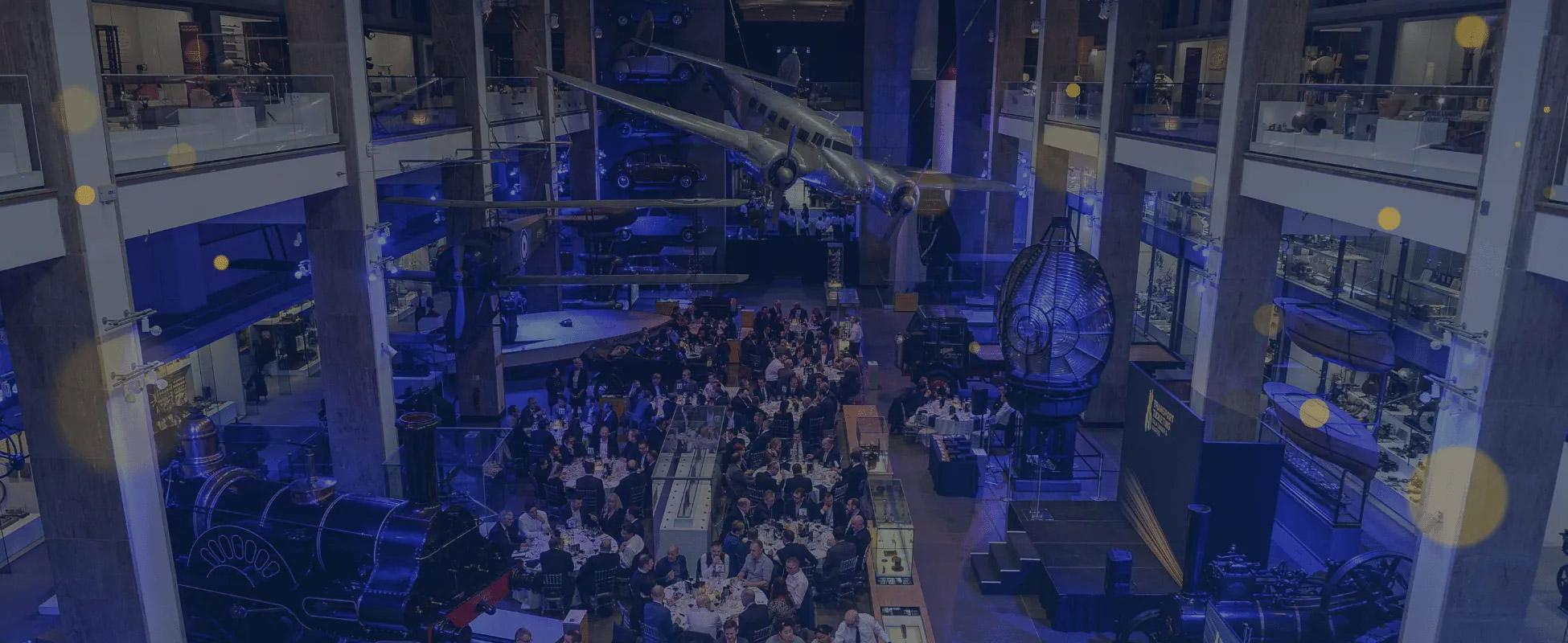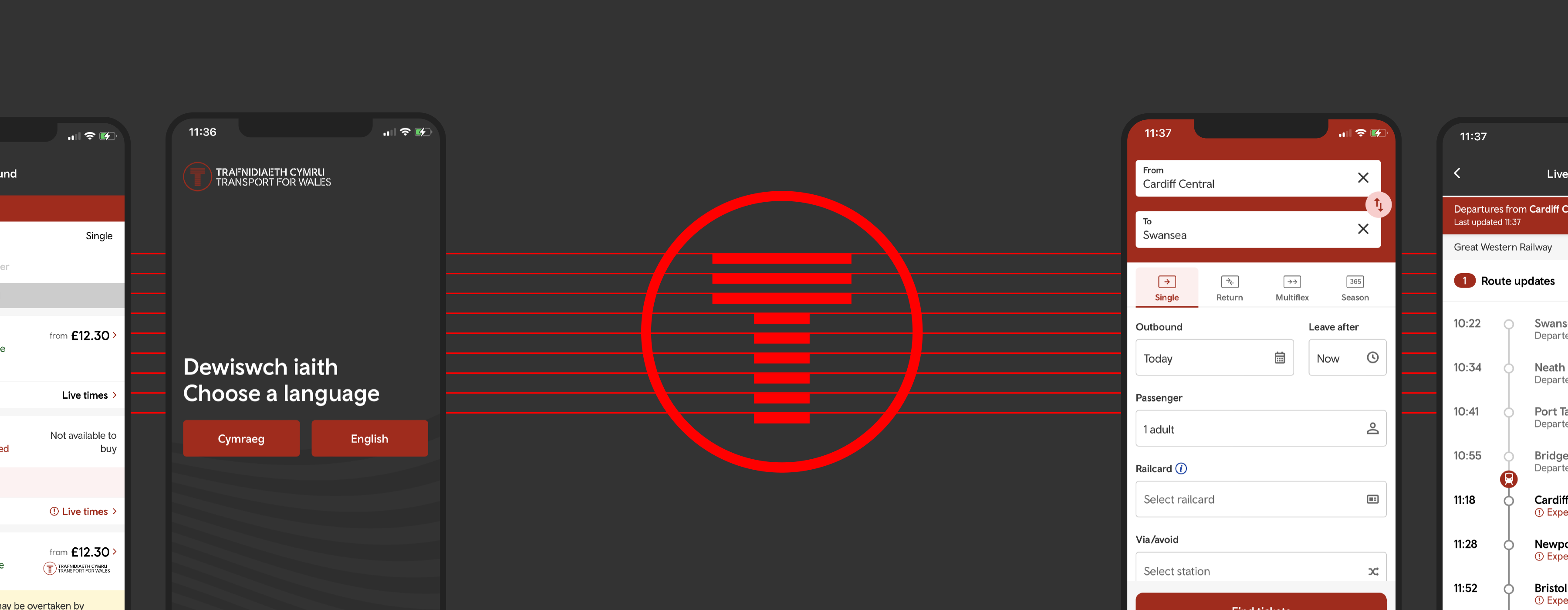A reality TV family that 'stepped back in time' to discover south Wales' great industrial past is helping encourage others to taste this fascinating experience through a new hi-tech information network spread across the region.
The Griffiths family, who starred in the BBC's acclaimed Coal House series, joined Heritage Minister Rhodri Glyn Thomas today (March 18th) to launch the groundbreaking system of interactive kiosks designed to show both residents and visitors how and where they can connect with the story of this world-leading era in Welsh history.
The computerised kiosks will be located at 22 sites throughout south Wales. They will provide accessible information at the touch of a button about the history of the host location and act as 'sign-posts' to other sites that tell the wider story of this memorable era. Kiosks at 15 sites are currently up and running.
The aim is to enable people to see the connections between the many different heritage sites and understand how they all contribute to the full picture of industrial South Wales in the days when its coal powered the world and its steel was the backbone of global development.
Linked through a central web server, the kiosks use Google Mapping and satellite images to guide people from site to site, using wherever possible the region’s expanding network of walking and cycling trails, which predominantly follow the routes of former industrial transport arteries, such as tow paths, tramways and railway lines.
The information points are the brainchild of HERIAN – the Heritage in Action, a partnership of local authorities and other bodies, established to develop, celebrate and promote the legacy of the industrial past for the benefit of present and future generations.
The kiosks and website were designed by Cardiff-based digital solutions provider, Imaginet. Nigel Roberts, managing director, said,
"The HERIAN project was launched to develop a coordinated approach to heritage development throughout industrial south Wales and to improve heritage tourism in the area.
"To achieve these aims, we designed and set up a network of information points that were supported by an interactive website. Visitors are able to plan their itinerary via the kiosks and website as well as find out detailed information about their destinations including cycle routes, accommodation, attractions and events."
Deborah and Cerdin Griffiths, from Cardigan, along with their children Steffan, 13, Angharad, 12 and Gethin, 8, who spent several weeks last year living the lives of a 1920s mining family, joined the Minister this week at Rhondda Heritage Park to formally launch the innovative £200,000 system.
Minister Rhodri Glyn Thomas commented:
"This advanced and highly imaginative network is a great example of how we can use today’s technology to bring the past to life. By connecting one point to another, these kiosks are milestones guiding local people, as well as visitors, through the story of how south Wales once led the industrial world.
"Projects such as this and the Coal House series are great ways to capture the interest of people of all ages and educating them about our nation’s historic global role."
Deborah Griffiths said:
"Our experience of going back to the past during the Coal House series was completely life-changing. It made us really appreciate how people back then led the way and made life so much easier for us today. I strongly believe that everyone should take their own trip back in time to discover this era and I think the information point network is a fantastic way to help them make that journey."
Jeff Pride, Director of HERIAN, said:"Wales is recognised as the world’s first industrial nation, due largely to the coal, steel and iron works of south Wales. Even though much of the heavy industry has now gone, there is still an enduring sense of pride in the heritage it has left us These comprehensive and easy-to-use kiosks will give everyone the chance to learn about and enjoy this fascinating story."
HERIAN, which is supported by the Welsh Assembly Government, comprises 13 local authorities and other national and regional organisations which share a vision to improve the interpretation of the industrial south Wales story. To date interpretation projects costing more than £15m have been completed by partners with further investments totaling £15m currently being implemented.




